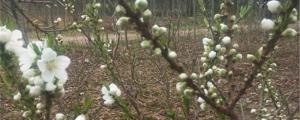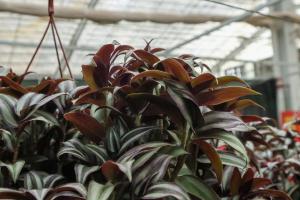Is a Palm Tree a Flowering Plant?
Palm trees are icons of tropical landscapes, with their towering trunks, feathery leaves, and tempting coconuts. But are these majestic trees considered flowering plants? The answer is yes and no, depending on the definition of "flowering plant."
What is a flowering plant?
Flowering plants, also known as angiosperms, are a diverse group of plants that produce flowers as part of their reproductive process. The flowers contain male and female reproductive organs and are pollinated by animals, such as bees and butterflies, or wind. Flowering plants are found in almost every habitat on earth, from deserts to rainforests, and include more than 300,000 known species.
Are palm trees considered flowering plants?
Yes, palm trees are considered flowering plants because they produce flowers. However, their flowers are different from those of typical flowering plants in several ways. First, the flowers of palm trees are not showy and often go unnoticed. They are small and arranged in clusters called spadices that are surrounded by leaf-like structures called spathes.
Second, palm tree flowers are unisexual, meaning that they have either male or female reproductive organs but not both. The male flowers produce pollen, while the female flowers develop into fruits, such as coconuts, dates, or oil palms. Some palm species, like the coconut palm, are self-pollinating, while others require cross-pollination by insects or wind.
Why are palm trees important?
Palm trees are not only beautiful but also essential for many ecosystems and human societies. Palm trees provide food, shelter, clothing, and medicine to millions of people worldwide. They also support biodiversity by creating habitats for various animals and plants, such as birds, insects, and orchids.
Moreover, palm trees play a crucial role in mitigating climate change by absorbing atmospheric carbon dioxide and reducing greenhouse gas emissions. Some palm species, such as the African oil palm, are commercially cultivated for making biofuels, cosmetics, and food products. However, their cultivation can also cause deforestation, habitat loss, and soil degradation if not managed sustainably.
Conclusion
In summary, a palm tree is a type of flowering plant that produces insignificant and unisexual flowers. Nevertheless, palm trees are valuable assets to our planet, providing many goods and services that benefit both nature and humans. By preserving and restoring palm tree forests, we can ensure the sustainability of our ecosystems and the well-being of future generations.

 how many times do yo...
how many times do yo... how many planted tre...
how many planted tre... how many pine trees ...
how many pine trees ... how many pecan trees...
how many pecan trees... how many plants comp...
how many plants comp... how many plants can ...
how many plants can ... how many plants and ...
how many plants and ... how many pepper plan...
how many pepper plan...

































